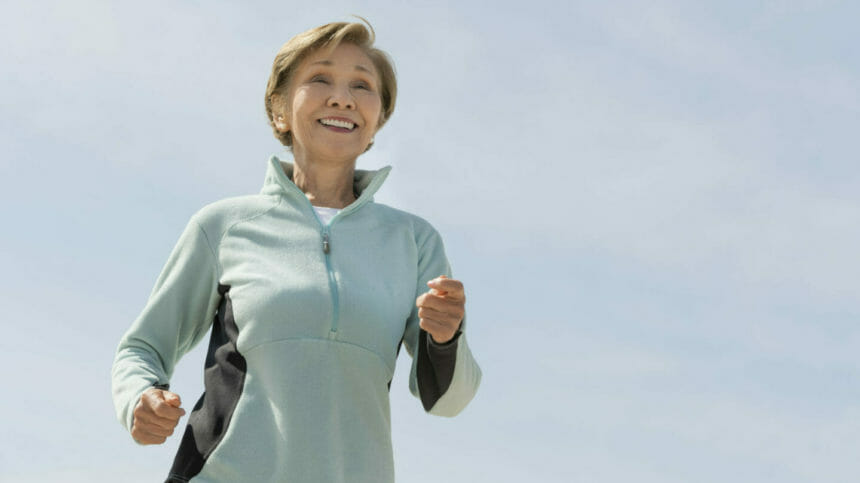
High-intensity interval exercise can significantly enhance brain function in older adults for up to five years, a new study finds. Though the study evaluated exercises with less intensity such as walking and stretching, only high-impact exercise preserved cognition.
Researchers evaluated 151 participants who took part in physical exercise and underwent brain scans as part of the study, which was published July 8 in Aging and Disease. All of the people were between 65 and 85 years old, and completed 72 supervised exercise sessions over a six-month period. Then the researchers followed up with the participants five years after the program and the people still had improved cognition, even if they hadn’t kept up with the exercises.
This pioneering research is the first controlled study to show that high-intensity exercise not only can delay cognitive decline but also boost cognition in healthy older adults, the authors said.
“Six months of high-intensity interval training is enough to flick the switch,” said Perry Bartlett, emeritus professor at University of Queensland. ““In earlier pre-clinical work, we discovered exercise can activate stem cells and increase the production of neurons in the hippocampus, improving cognition.”
The researchers evaluated three different exercise intensities. Low intensity was stretching and balance exercises, medium intensity was considered as walking on a treadmill and high-intensity exercise included running on a treadmill in intervals. Only the high-intensity interval exercise led to cognitive improvements that lasted up to five years, the data showed.
“MRI from the HIIT group showed abrogation of the age-dependent volumetric decrease within several cortical regions including the hippocampus and improved functional connectivity between multiple neural networks not seen in the other groups,” the authors wrote.
“We also found blood biomarkers that changed in correlation to improvements in cognition. Biomarkers can be useful in predicting the effectiveness of the exercise a person is doing,” said Daniel Blackmore, a co-author from the same university.




